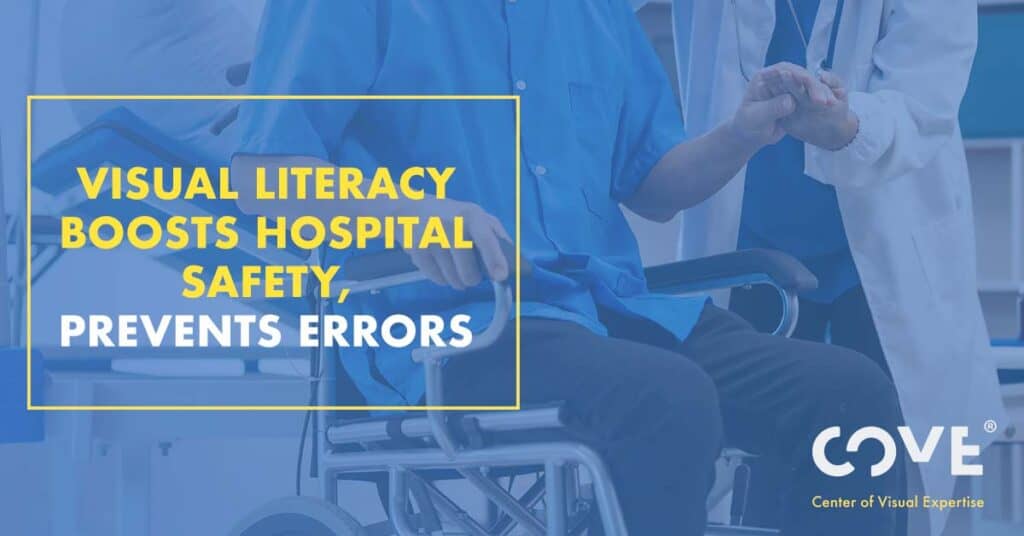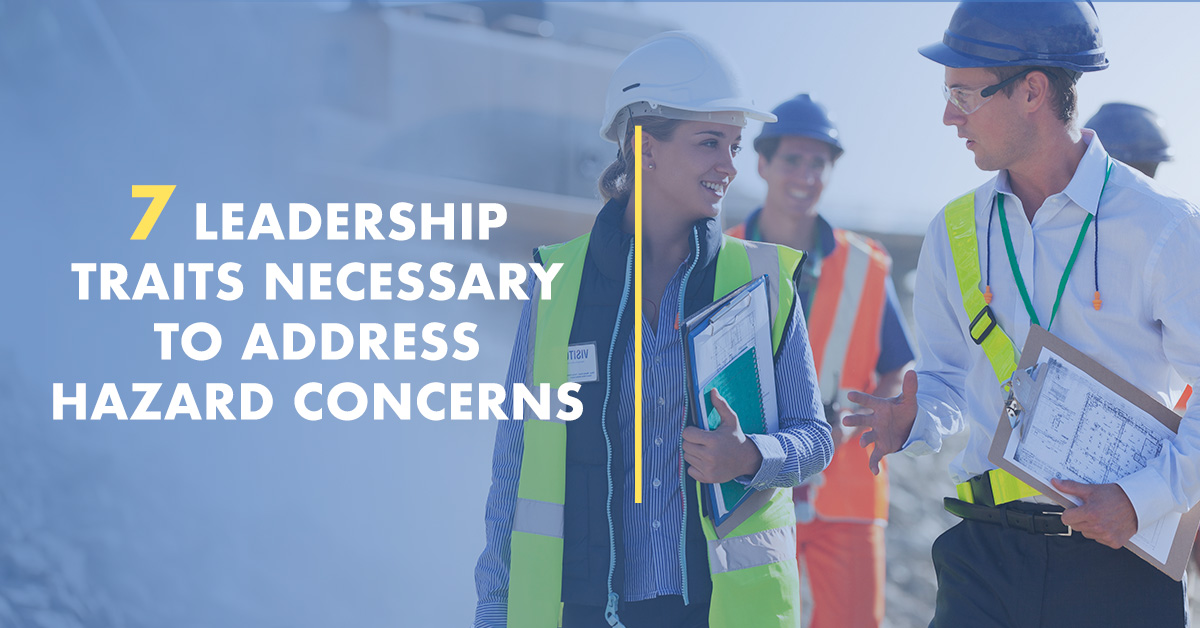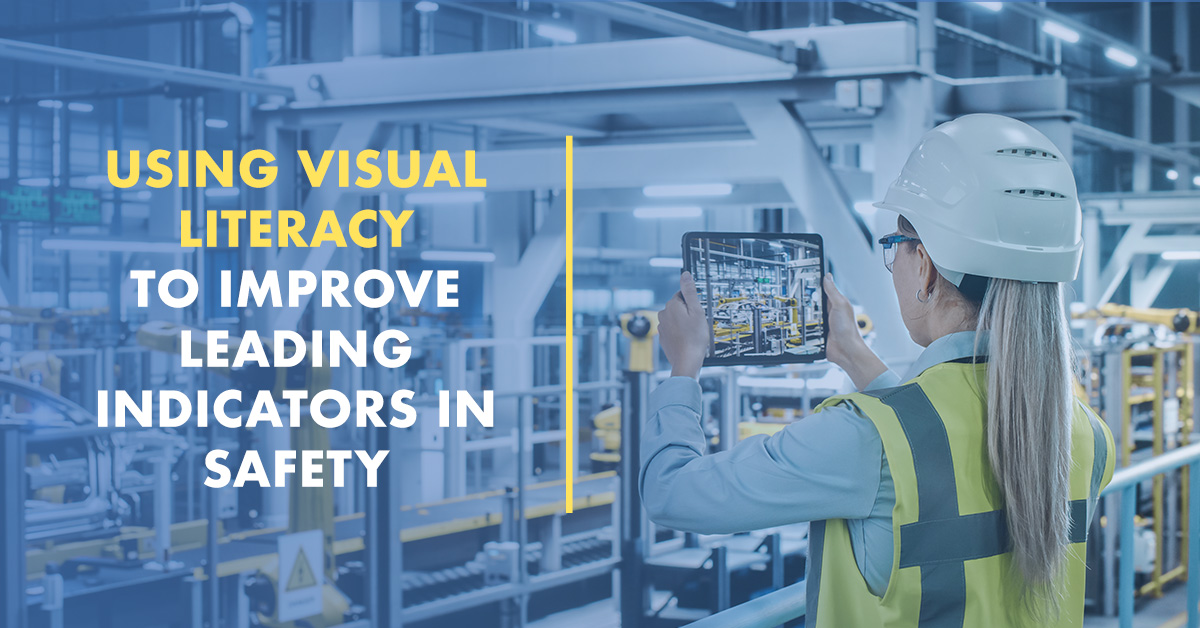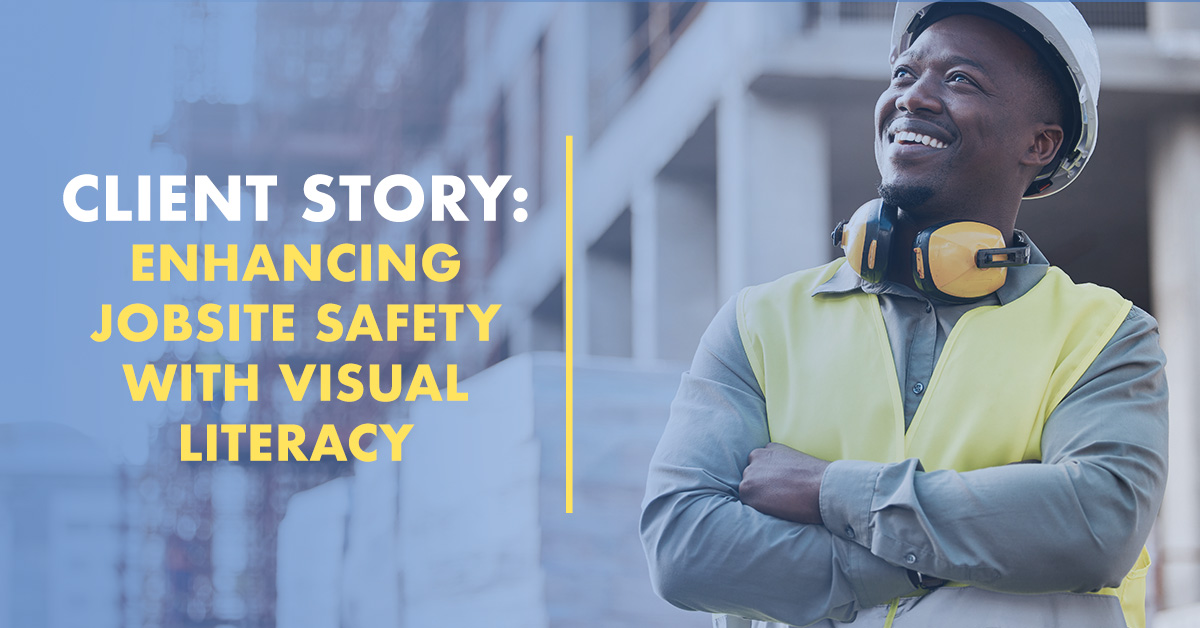Healthcare, specifically hospitals, is a large high-risk industry with an unusual mix of obvious and subtle hazards. In 2023 more than seven million people are employed in the nation’ s 6,129 hospitals, according to Statista.
Hospitals are fast-paced, noisy work environments, often tense and pressurized, with sometimes unpredictable and potentially chaotic emergency events. This sounds like many workplaces. But unlike typical workplaces, hospitals have two populations to protect – patients and health care workers. In 2022 total admissions to all hospitals in the US was 34,011,386. That’s almost the population of California (39.24 million).
Unlike manufacturing, construction and warehousing, hospitals do not produce products, do not build structures, and do not store products. In healthcare the “product” is the patient. Patient care is unlike any job in manufacturing, construction, oil and gas, utilities, agriculture, mining etc. Hospitals track patient safety and medical errors far more closely than most businesses will track systemic, individual and policy errors that can lead to safety incidents. The urgency at times to render patient care gives rise to hazards that can threaten both hospital workers and the patient.
Some of the hazards include::
- Lifting, transferring, repositioning, moving patients without proper technique or handling equipment causes bending, twisting, and overexertion. The most affected body part is the back, according to SOII data.
- Absence of hand washing
- Slips trips and falls – due to days of walking, bending, stretching and standing. Wet floors are often precursors to these events.
- Exposure to biological hazards,
- Signs of burnout and sleep deprivation. 63% of physicians report at least one symptom of burnout
- Workplace violence – nurses are assaulted, shot, stabbed. OSHA says nurses are highly vulnerable to abuse; threats; assaults; and sexual, verbal and psychological abuse, especially at meals and visiting hours.
- Non -use of personal protective equipment – gloves, masks, eye protection and gowns.
- Risky behaviors can occur under duress and in an emergency. There is a parallel to taking shortcuts on shop floors. The need to rush can result in intimidation or reluctance to call for help; grab and go with a medication without fully reading the label; failure to double check high alert medication.
- Not strapping patient in a wheelchair; not stabilizing a gurney.
- Overexertion due to pushing patients on wheelchairs and gurneys every day up and down floors in tight spaces and elevators; particular a risk for older aides.
- Putting behavior on auto pilot and relying on instincts in emergencies.
- Erratic reporting of incidences or close calls not related to medical errors
Hospital hazards do not lead themselves to traditional industry hazard identification. Certainly some hazards are obvious, such as slippery floors, over-crowded hallways, not washing hands and not using proper PPE. But many hospital hazards are subtle and occur at a micro level, such as misreading medications or dosages, or misidentifying patients. Others often go unseen, such as quick and brief acts of violence such as a patient spitting a nurse or orderly, slapping or cursing a nurse, or a family visitor unhappy over the treatment being given barraging a nurse with verbal abuse.
A “better way to see”
A trained, focused “better way to see” with a critical eye and critical thinking, and without biases that can blind “seeing better” is the core competency of Visual Literacy. Visual Literacy teaches you to slow down just a big, look deeply and see things you might have missed. It is especially valuable in the hectic, fast-moving work environment of hospitals.
The Visual Literacy methodology as taught by COVE teaches you to slow down just a bit, take the time to look deeply and see things you might have missed. This valuable competency might have caught these errors, according to an article, “Medical Error Reduction and Prevent,” available from the National Library of Medicine:
• Not strapping a patient into a wheelchair
• Not stabilizing a gurney prior to patient transfer
• Mistaken patient identities
• Under or overtreatment in administering treatment, such as wrong dose or wrong site of administration
• Failure to pay attention to the medication label
• Dispensing machines filled with the wrong medication
• Use of out-of-date medications
These medical errors are unlike longstanding hazards existing in industrial workplaces with machinery, electricity, working at heights, maintenance work and conveyor lines. Nurses trained in Visual Literacy stand a better chance of proactively catching these errors.
There are safety training programs for nurses. Most specifically address hazards created by shift work, long hours, fatigue and sleep deprivation, and reducing patient safety errors, such as reducing patient falls, catching medication mistakes, and reducing “wrong site, wrong procedure and wrong patient” error.
Visual Literacy training takes in the big picture view of safety and health conditions and behaviors in hospitals. Obvious hazards are quickly recognized and these problems are analyzed, described and communicated to ensure rapid problem-solving. “Better seeing” also involves reading people, perceiving close-up signs of fatigue or burnout, emotional distress, and workplace violence. Perceiving these emotional states and physical signs of fatigue and duress is not like what you can encounter on an assembly line or construction site, where a macho ethos can conceal chronic mental or physical unease. It does though have parallels to behavior-based safety observations.
Being acutely observational without biases or judgment and using critical thinking (core components of Visual Literacy) can lead to better communication, team work, a culture of safety, possible solutions, improved safety, reduced medical errors and fewer unsafe risks for the individual, patients, and co-workers.




